Through Their Eyes
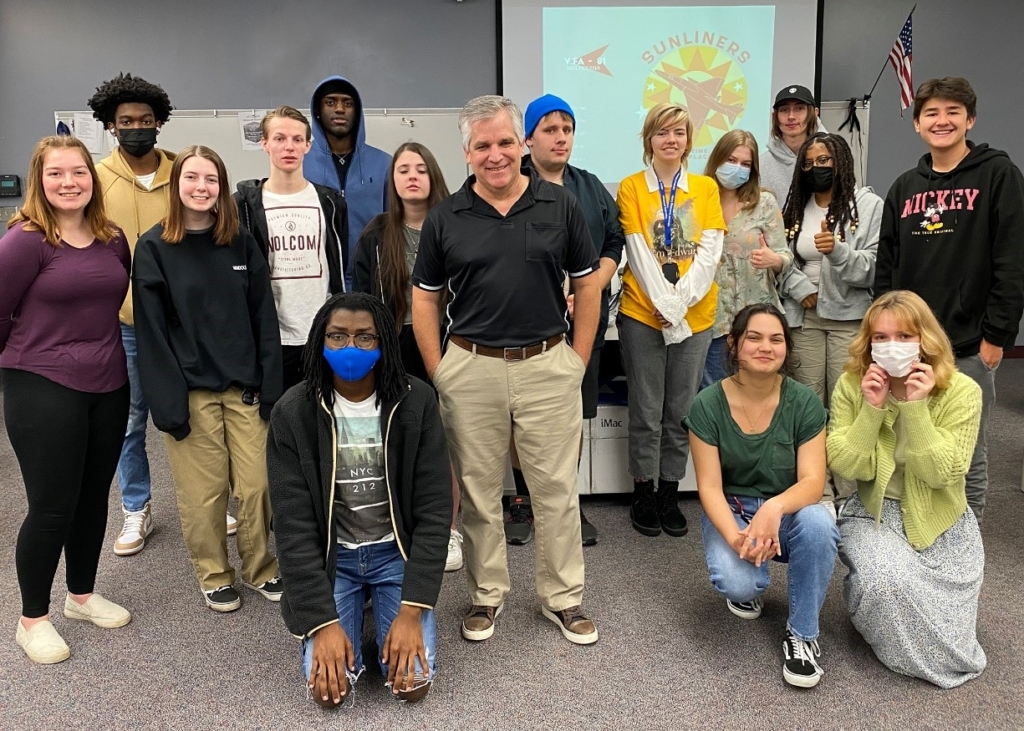
Brand Fuel supported The Advanced Technology Center (ATC) Digital Design Classes through staff mentoring and donated recognition awards. The ATC is a partnership between Tidewater Community College, Virginia Beach City Public Schools, and the City of Virginia Beach. Their learning facility is unique as it offers secondary and post-secondary students the highly technical training of today’s workforce.
In this interview, faculty, students, and Brand Fuel’s Shane Lussier, share how it all went down, through their eyes.
Tell us about the Digital Design program and what you hope it achieves?
(Lee Troxell, Creativity Expert) The Digital Design class is a two-year program where students learn about the advertising and graphic design industry. Using state-of-the-art technology, students explore marketing and design challenges, while learning about advertising, web design, social media, photography, digital illustration, print production and more. At the end of the two years, (usually their senior year), students are prepared to pursue higher education or employment in the design field. With this Brand Fuel project, the goal was for the students to experience a real-world scenario where they were creating designs for real clients. The students were responsible for doing their own research, and then developing designs based on that research.
Why did you get involved?
(Lee Troxell, Creativity Expert) When I was in high school, I took the Digital Design class, and it helped to place me in my life-long career of advertising and graphic design. When I had the opportunity to come back and teach the class, I realized the amazing potential there was in helping to shape the next generation of designers! When Shane Lussier, Brand Fuel’s Account Manager and US Veteran, proposed this project, I realized that giving the students the opportunity to work on a real-world project like this one, would provide them with the valuable experience of working with a real client, on a real project. In addition, the possibility of seeing their work turned into a real product was a huge motivator for them!
How are winners chosen?
(Shane Lussier) The designs were shown to Brand Fuel’s staff and Military Customers where they were voted on based on creativity and marketability. The students did a remarkable job doing their research and demonstrating their creativity. It made it difficult to pick a winner.
What impacts on students do you think this program will deliver?
(Lee Troxell, Creativity Expert) Having a real-world deliverable goal and real-world clients to work for helps to give the students a professional-level experience that they would not otherwise have access to. Doing the research for a project like this and developing solutions appropriate to the client’s needs and specifications, forced the students to work in a framework that demanded their best performance and was a fantastic learning experience for them!
You chose branded merch for the winners. Why?
(Shane Lussier) Branded merch gave everyone an identifier of a very viable market for their skills and talents. I think that branded merch can be a constant physical reminder to these talented students that hard work can be creative, fun and inspiring.
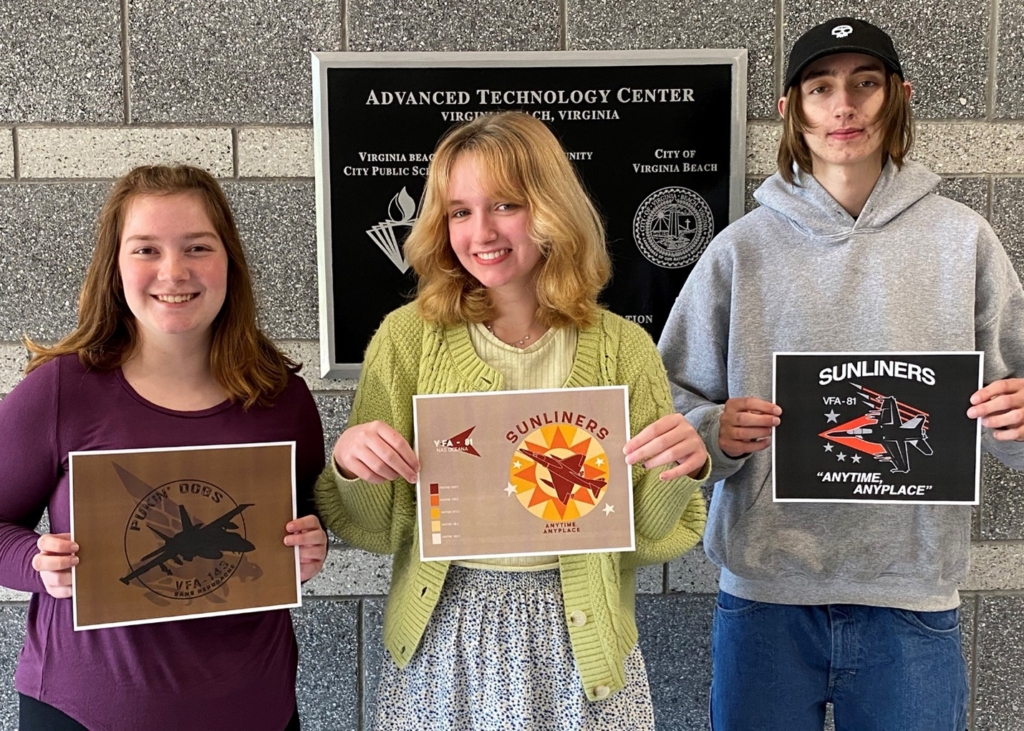

An interview with ALAINA BAADTE, Student
What do you enjoy most about the program (Digital Design)?
The Digital Design program gives me the opportunity to work on all sorts of projects. I have learned a lot about all aspects of design, and I believe this knowledge will help me in the future. I also love that I can be in an environment with peers who share the same passions as I do.
What I enjoyed most about the military t-shirt design project was being able to learn more about different squadrons, especially local squadrons here in Virginia Beach. It was fun to learn about their mottos and insignias and be able to interpret it in my own style.
What do you think is the future of design?
I think design trends are always changing so it is harder to predict what the future of design might be. I think design will be mostly based on current social media trends. I think the future of design will focus on simpler shapes and colors with a more sleek, cleaner look.
In an ideal world, where would you be working/what would you be doing in 10 years?
I am not exactly sure what I want to do or where I want to work 10 years in the future. Wherever I end up in the future, my dream is to be able to mix my passions with art and design. I started producing art because of my passion and love for video games. I guess ideally, I would be able to make concept art for video games or other media such as tv shows! I also hope to create my own graphic novel in the future!
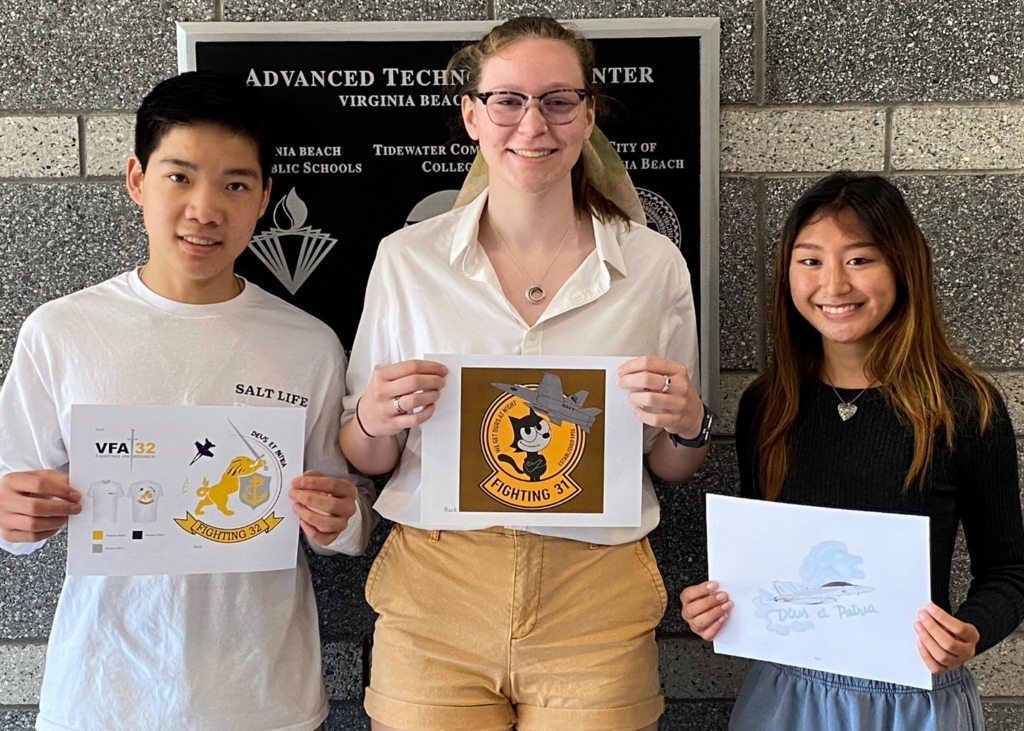
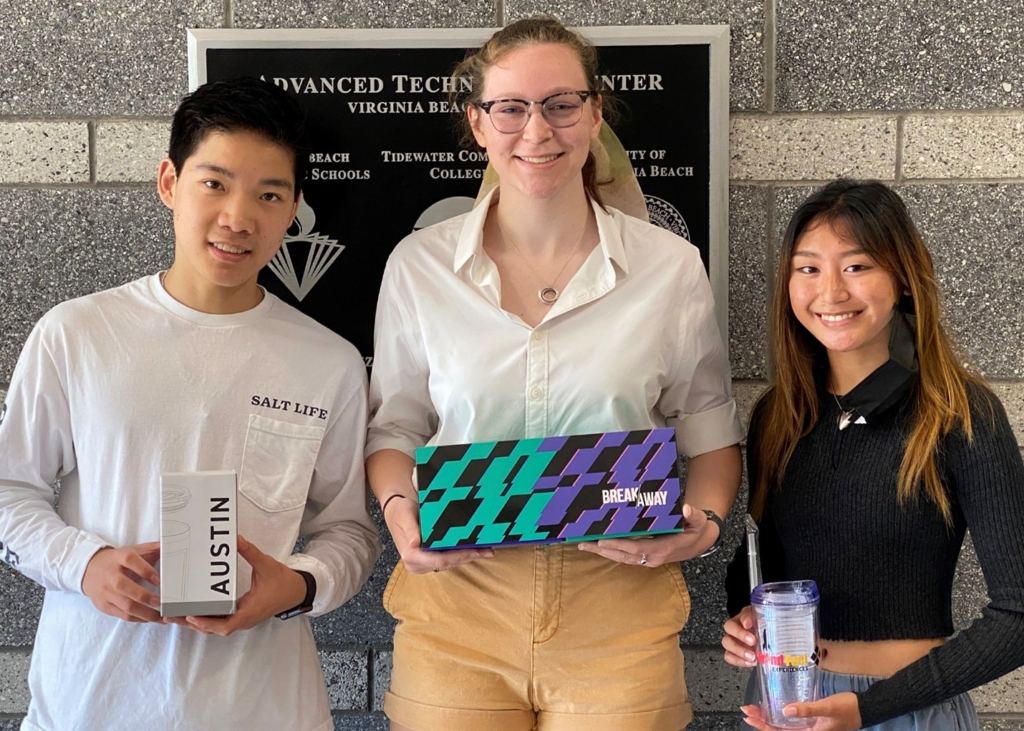
An interview with CAROLINE DAUGHERTY, Student
What do you enjoy most about the program (Digital Design)?
I enjoy the applicability of the class the most, learning to do something on a project and taking it home to add to my own art. The freedom given to us in the design contest was my favorite part of the project, having almost no limits to what I could design made the process more exciting.
What do you think is the future of design?
The future of design will be focused in social media; not necessarily focused on social media itself, but through the people and brands that present themselves via social platforms and the internet.
In an ideal world, where would you be working/what would you be doing in 10 years? In ten years, I would like to have a career path that allows me to live in a place I love with family nearby and the freedom to follow when and where inspiration may lead me. And I wouldn’t necessarily mind if it were unstable if I have a stable foothold in my faith.
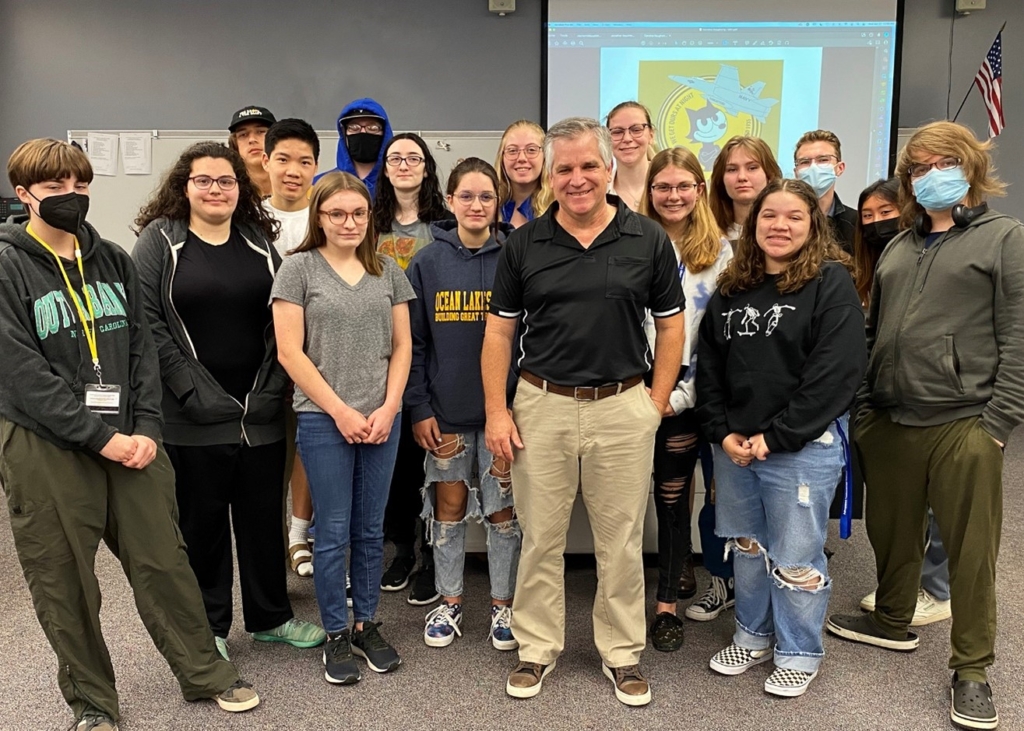
We were so proud to support this valuable program and its talented students. The outlook on the future of creativity looks so good!
You can find out more about ATC Programs here: